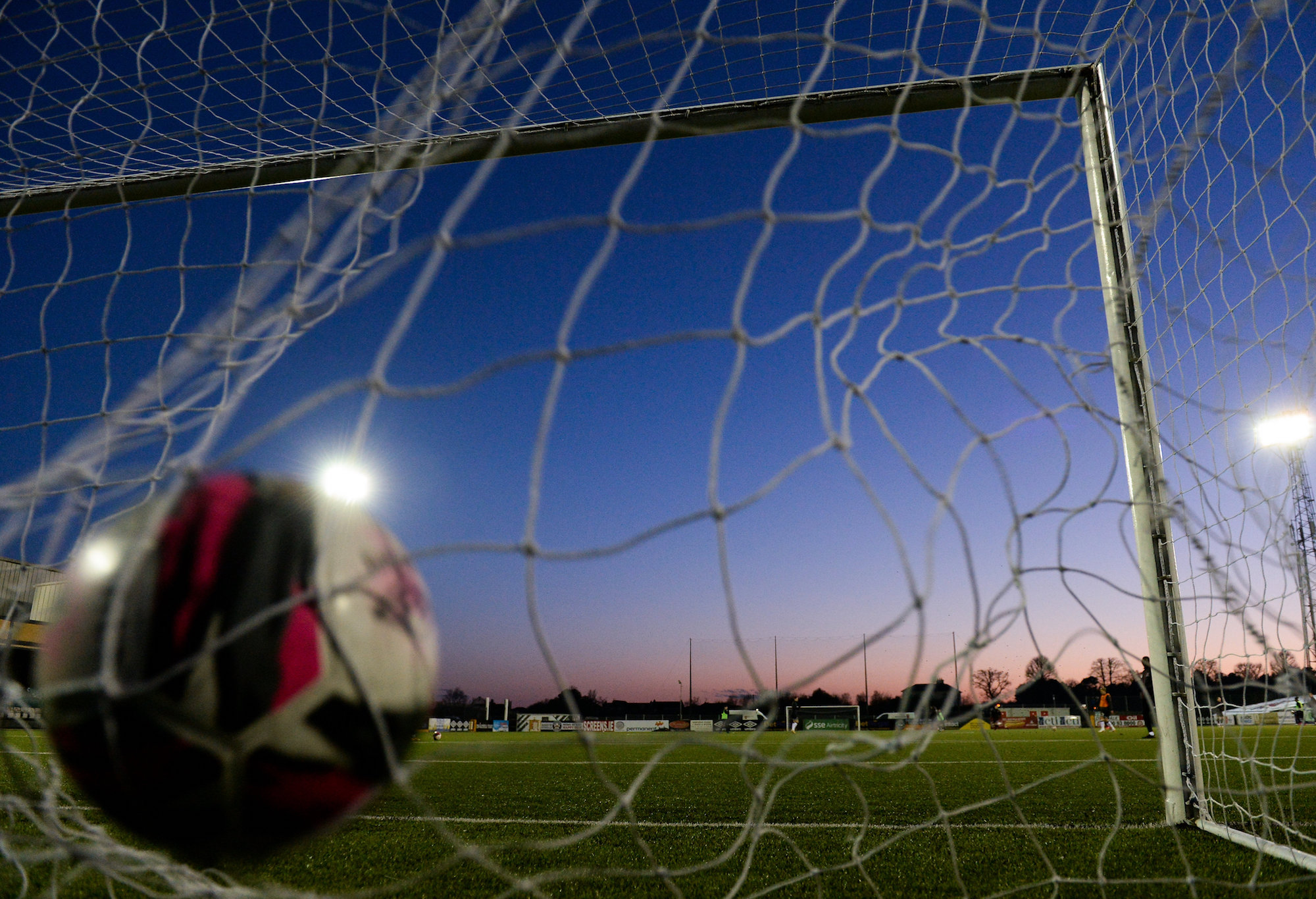A-League Ready: Australian football needs a more formal and streamlined player development program like MLS Next

I have an idea that could be a revolutionary change to drastically improve the quality of footballers in Australia for the future.
Let me just say that if I was a few years younger, I would write this into a multi-page proposal and take it to both the Australian Professional Leagues (APL) and Football Australia (FA).
But hopefully, this article may filter through to APL in some form, and I plan to send this to the Central Coast Mariners ownership as an idea.
The USA even more than Australia does not have what you could call, traditional pathway development programs for players, nor any real structure for quality training. Given most training is paid training it varies in cost, quality and time.
But at the same time, Major League Soccer (MLS) has grown to such a size that it needs players of a certain quality.
Further national and state bodies’ development systems were confusing and often conflicting. When the COVID-19 pandemic came what systems they had were starting to fail.
The MLS decided to take matters into their own hands, and even though I am not totally across the finer details, essentially they developed a template to train players from under-13 through to under-19 (but I don’t know why we can’t start at under-9s).
My understanding is teams from around the USA and Canada could apply to be a part of “MLS Next” – and if accepted your club is then formally associated with the MLS.
Additionally, the club is seen as providing excellent training among other things.
Beyond this, if a club has an outstanding player, the player can seek recognition by an MLS club, and from the next year MLS will pay for the local club to provide extra training.
The reward for these clubs is that the MLS will get to see the rising talent, and the players and their parents will look to these clubs.
The system was started in 2020 and to date has 143 registered clubs spread across the country.
This means 143 high-quality training academies and from what I can make out they do not involve a mega cost to those that play there.
This is an interesting concept, as any parent wanting to improve their child’s training is often overloaded with who is good or bad, and the cost and travel are often prohibitive.
The MLS recognition provides parents, players, and the club, confidence in the training.
From what I have been able to read so far, it’s difficult to meet the MLS standards and they are audited to ensure they maintain standards.
Let’s call our system: “ A-League Ready”
Australian player development is similar, in that there is little consistency and a high cost – and how do you as a player get both good training and the attention of key professional clubs?
In NSW, many Associations with their rep teams, I assume would apply. Many private schools I think would apply, as well as former NSL teams.
There would be many park clubs that have both a committee and parents capable of coaching would also apply.
My personal example is I was at a club, and in my over-35 team we had two former coaches at lower levels in the NSL, both had managed under-18 teams for NSL clubs.
As a committee, we developed coaching nights, advanced coaching for the better players etc.
I can see many clubs wanting recognition, as to gain this and be audited on a regular basis would be difficult.
(Photo By Stephen McCarthy/Sportsfile via Getty Images)
But the advantages would be huge.
First, it would be a reasonably priced development program. Second, it would be spread Australia-wide. Third, it should help in connecting the player base to the league. And fourth, it will provide a number of quality players for APL and Australia.
It’s affordable, achievable, and workable and that in itself is a huge advantage.
Australia can also adopt its own way of using the system and not have to copy line by line what the MLS does.
Another development by the MLS is playing MLS Next teams against each other, this part is a bit complex, say as a local club you gain recognition and only have say 20 players, you can train those 20 players and have them play in organised MLS Next games.
Further A-League Ready teams could play each other at prearranged times on local grounds.
To date, it’s seen as an outstanding success in America and Canada. There is no reason a system similar to MLS Next could not work in Australia.
